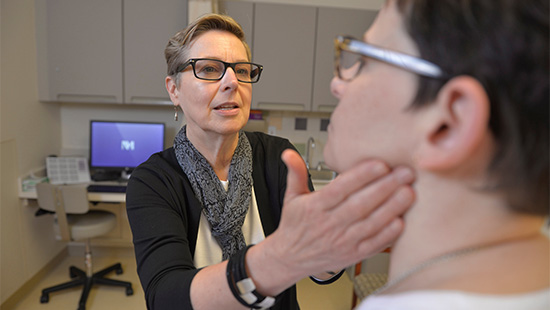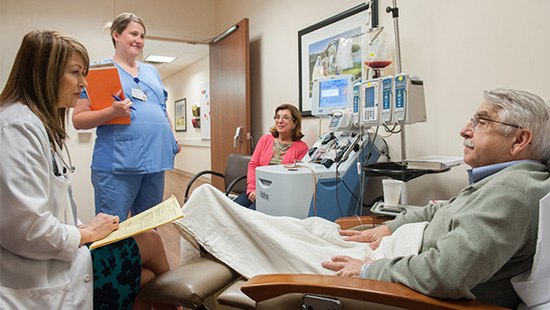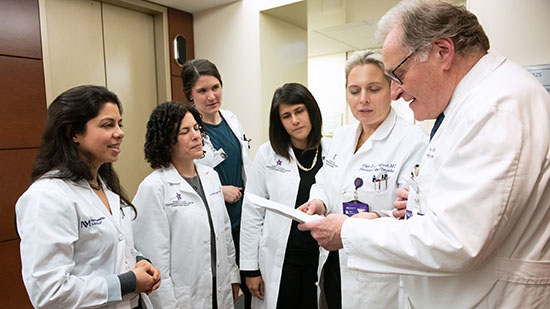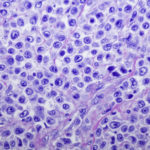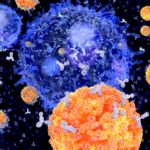Lymphoma
Lymphoma is cancer that begins in cells of the lymph system. The lymph system is part of the immune system, which helps the body fight infection and disease. Because lymph tissue is found all through the body, lymphoma can begin almost anywhere.
The two main types of lymphoma are Hodgkin lymphoma and non-Hodgkin lymphoma (NHL). These can occur in both children and adults.
Most people with Hodgkin lymphoma have the classic type. With this type, there are large, abnormal lymphocytes (a type of white blood cell) in the lymph nodes called Reed-Sternberg cells. Hodgkin lymphoma can usually be cured.
There are many different types of NHL that form from different types of white blood cells (B-cells, T-cells, NK cells). Most types of NHL form from B-cells. NHL may be indolent (slow-growing) or aggressive (fast-growing). The most common types of NHL in adults are diffuse large B-cell lymphoma, which is usually aggressive, and follicular lymphoma, which is usually indolent.
Mycosis fungoides and the Sézary syndrome are types of NHL that start in white blood cells in the skin. Primary central nervous system lymphoma is a rare type of NHL that starts in white blood cells in the brain, spinal cord or eye.
The treatment and the chance of a cure depend on the stage and the type of lymphoma. Browse the types to the right to learn more. We also treat Burkitt lymphoma, cutaneous t-cell lymphoma (CTCL) and Waldenstrom's macroglobulinemia.

